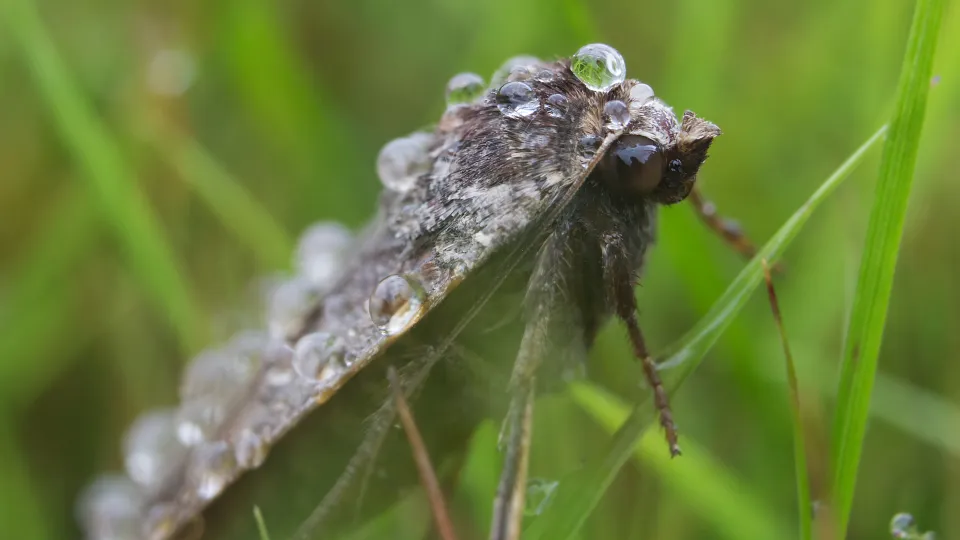
Large yellow underwing
Found almost everywhere, the large yellow underwing is a night-flying moth that is often attracted to lights. It is brown with orangey-yellow hindwings.

Found almost everywhere, the large yellow underwing is a night-flying moth that is often attracted to lights. It is brown with orangey-yellow hindwings.
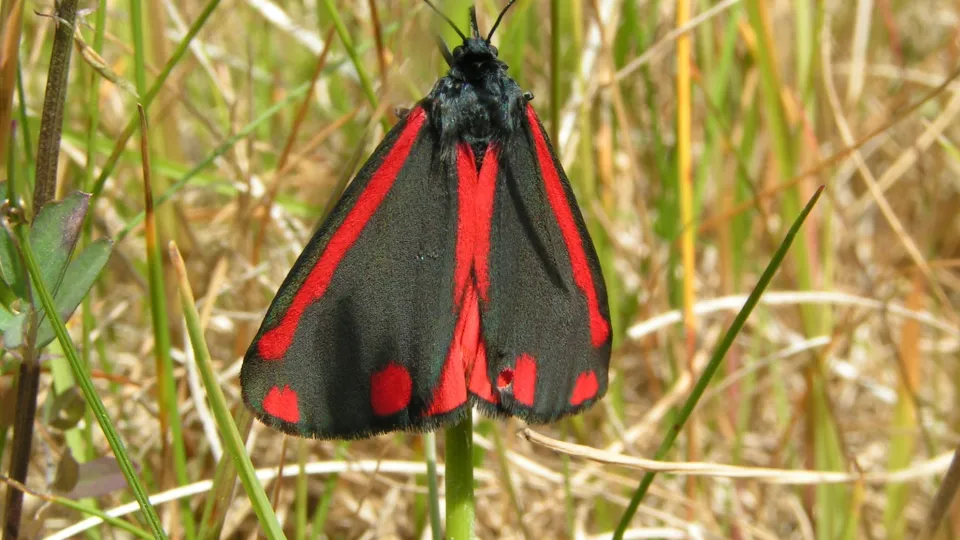
These pretty black and red moths are often confused for butterflies! Their black and yellow caterpillars are a common sight on ragwort plants. The caterpillar’s bright colours warn predators not to eat them, giving a strong signal that they are poisonous!
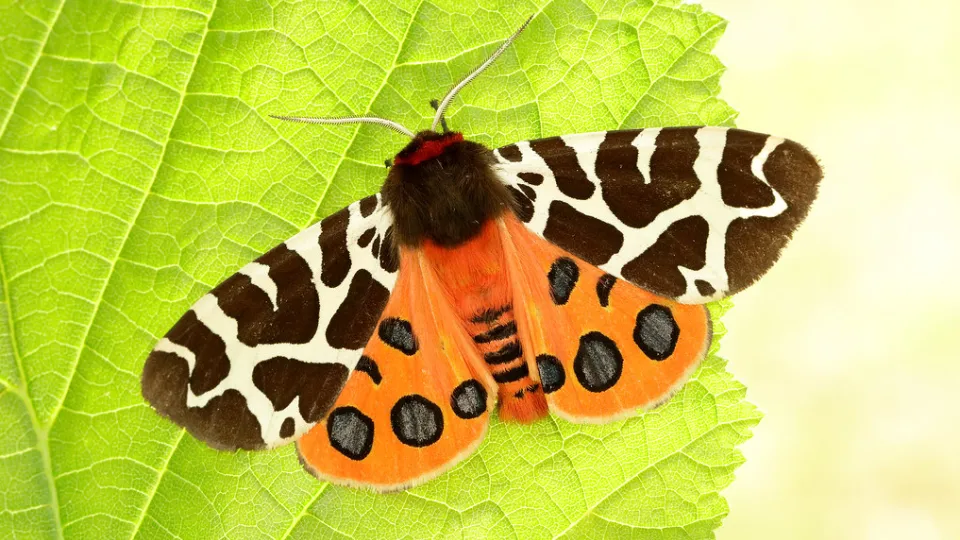
The garden tiger is an attractive, brown-and-white moth of sand dunes, woodland edges, meadows and hedgerows; it will also visit gardens. In decline, it is suffering from the 'tidying up' of our countryside.
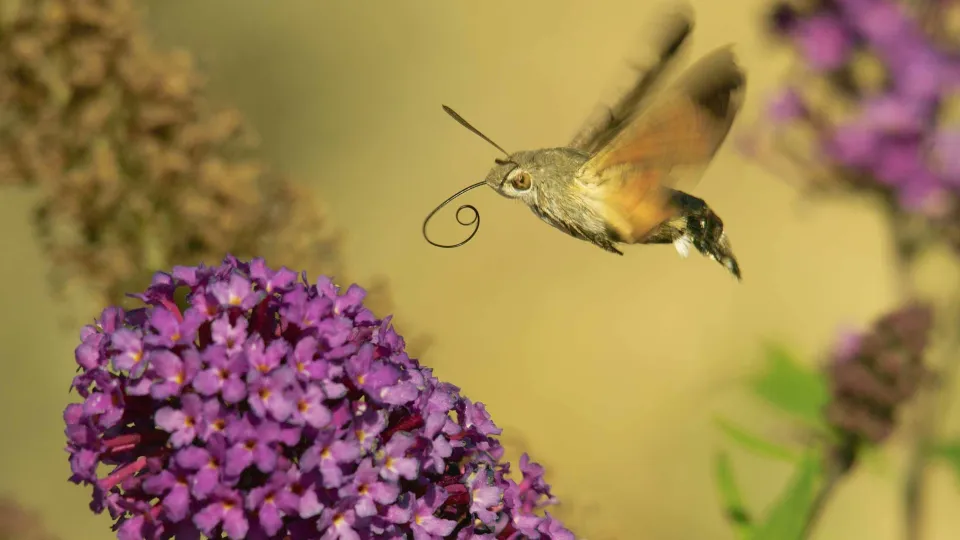
The humming-bird hawk-moth migrates to the UK from Southern Europe each year. It can be seen hovering over flowers, feeding with its long proboscis; its wings move so quickly that it 'hums'.
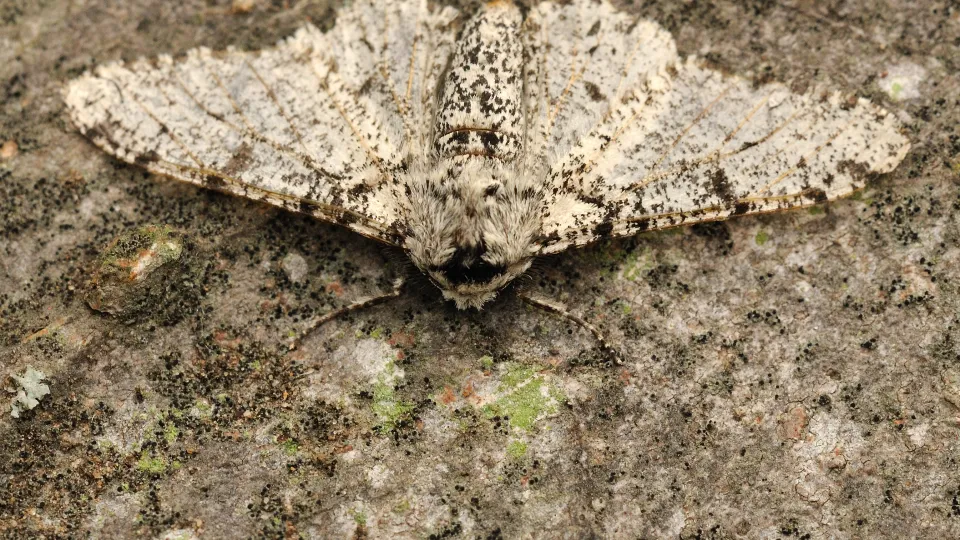
The peppered moth is renowned for its markings that have evolved to camouflage it against lichen in the countryside and soot in the city. It can be seen in gardens, woods and parks, and along hedgerows.
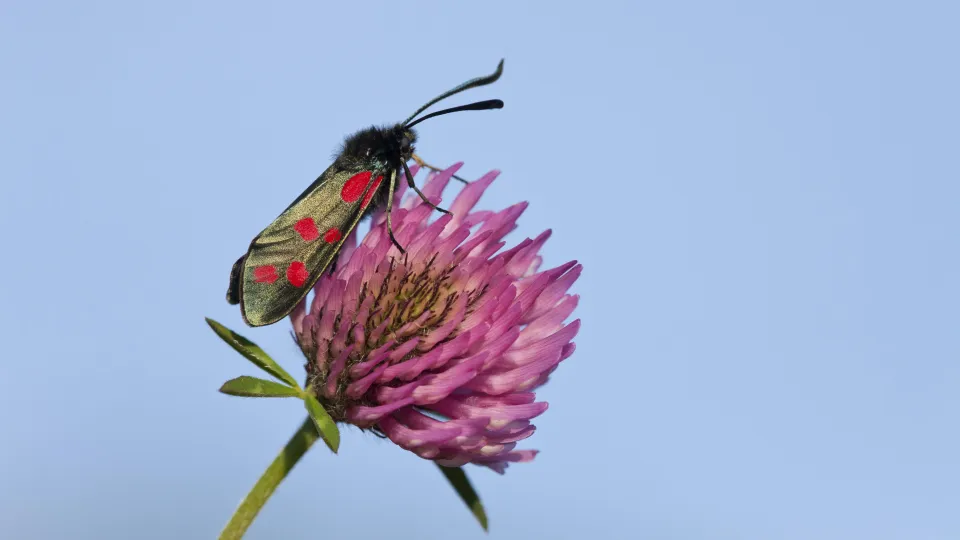
The six-spot burnet moth is a day-flying moth that flies with a slow, fluttering pattern. Look for it alighting on knapweeds and thistles in grassy places. It is glossy black, with six red spots on each forewing.

The dazzling silver-studded blue is a rare butterfly of heathland habitats, mainly in southern England. It has undergone severe population declines in recent years.
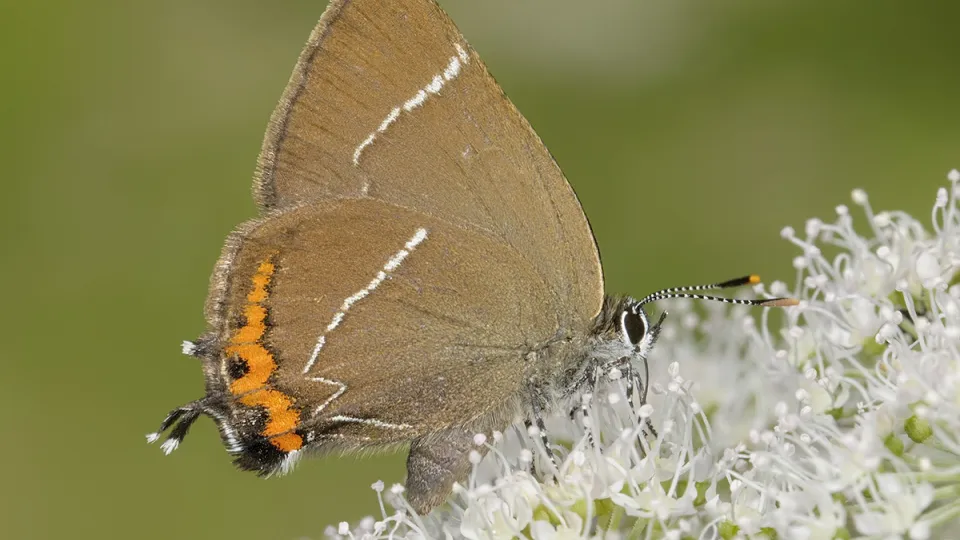
The white-letter hairstreak gets its name from the white lines that form a 'W' shape on its underside. It is an elusive butterfly, spending much of its time in the treetops.
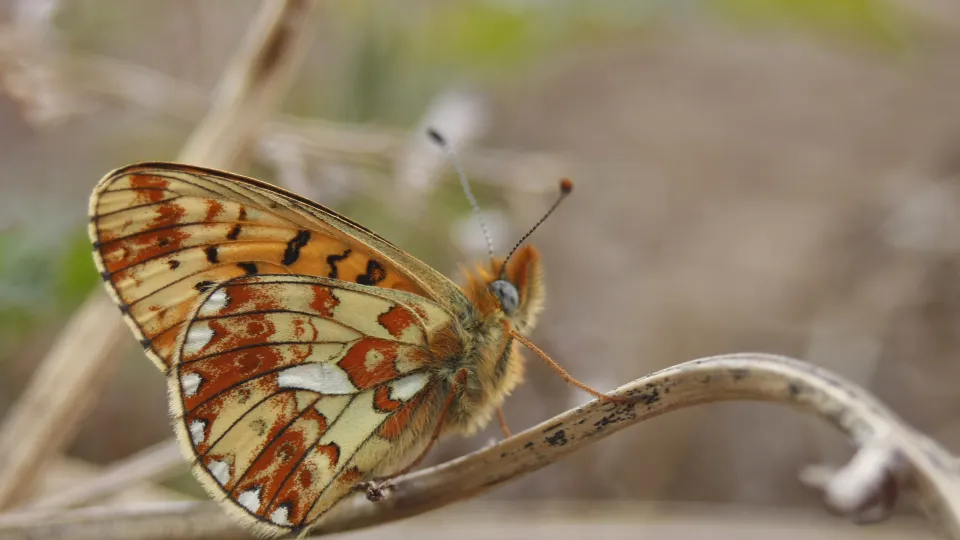
The pearl-bordered fritillary is a striking orange-and-black butterfly of sunny woodland rides and clearings. It gets its name from the row of 'pearls' on the underside of its hindwings.
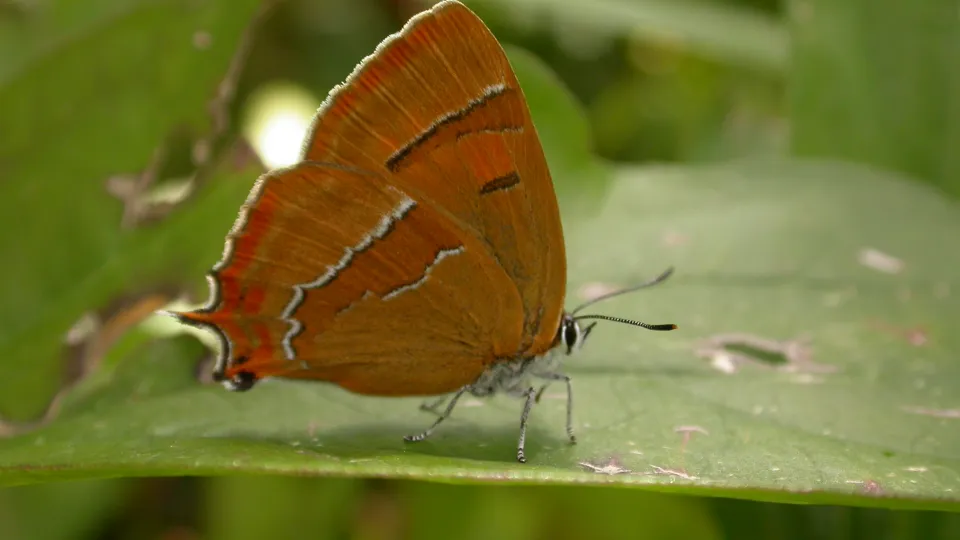
The brown hairstreak is an elusive butterfly that spends much of its time in the treetops feeding on aphid honeydew.